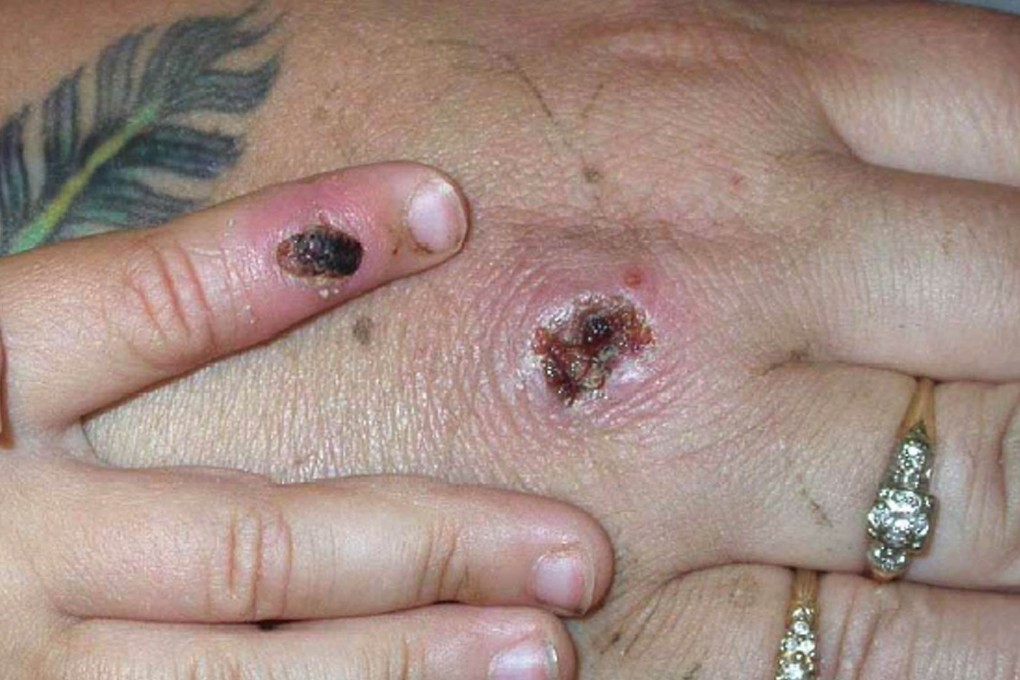Hong Kong unveils strategy for containing possible monkeypox outbreak but shies away from travel bans
- Health officials say three-tiered approach aims to reduce both ‘morbidity and mortality’ rates as a result of monkeypox
- Travel restrictions not mentioned in blueprint, with health authorities saying they will wait for further recommendations from WHO

Hong Kong has unveiled a three-tiered response blueprint in the event of a monkeypox outbreak but officials have avoided any concrete plans to impose a travel ban even in the most extreme scenario.
The announcement of the plan came as the government listed monkeypox as a statutory notifiable disease on Friday, with doctors now required to report any suspected or confirmed cases to the Centre for Health Protection (CHP).
“We also urge the public to seek medical attention as soon as possible if they experience symptoms of monkeypox, including fever, severe headache, muscle pain, swollen lymph nodes, mouth ulcers and rash,” the centre said.
According to the World Health Organization (WHO), cases of monkeypox were reported in at least 27 non-endemic countries, with the agency saying earlier this week that the public health risk posed by the disease at a global level was “moderate”.
Hong Kong has yet to report any cases of monkeypox.
A CHP spokesman said the three-tiered approach aimed to reduce both “morbidity and mortality” rates as a result of monkeypox, with the plan laying out possible responses and coordinated efforts by various government bodies.